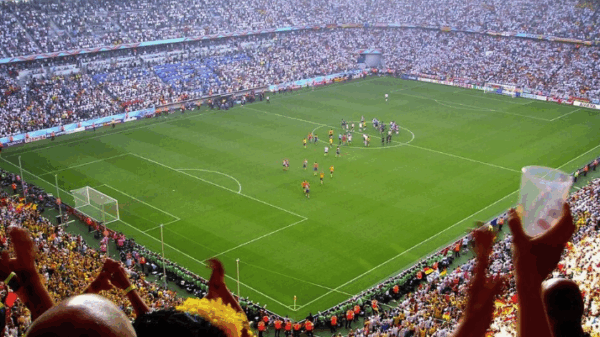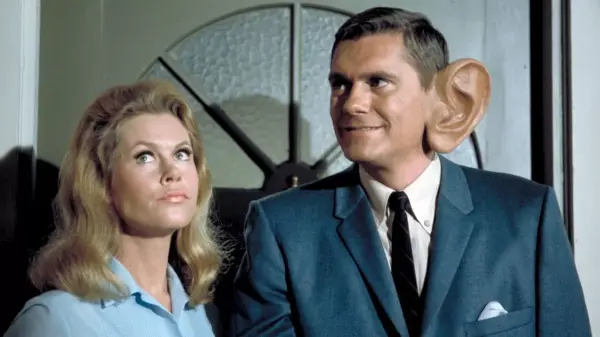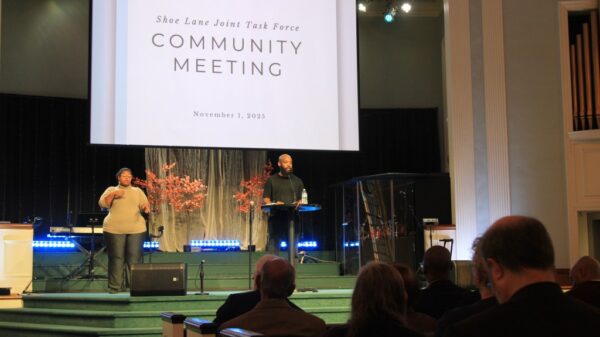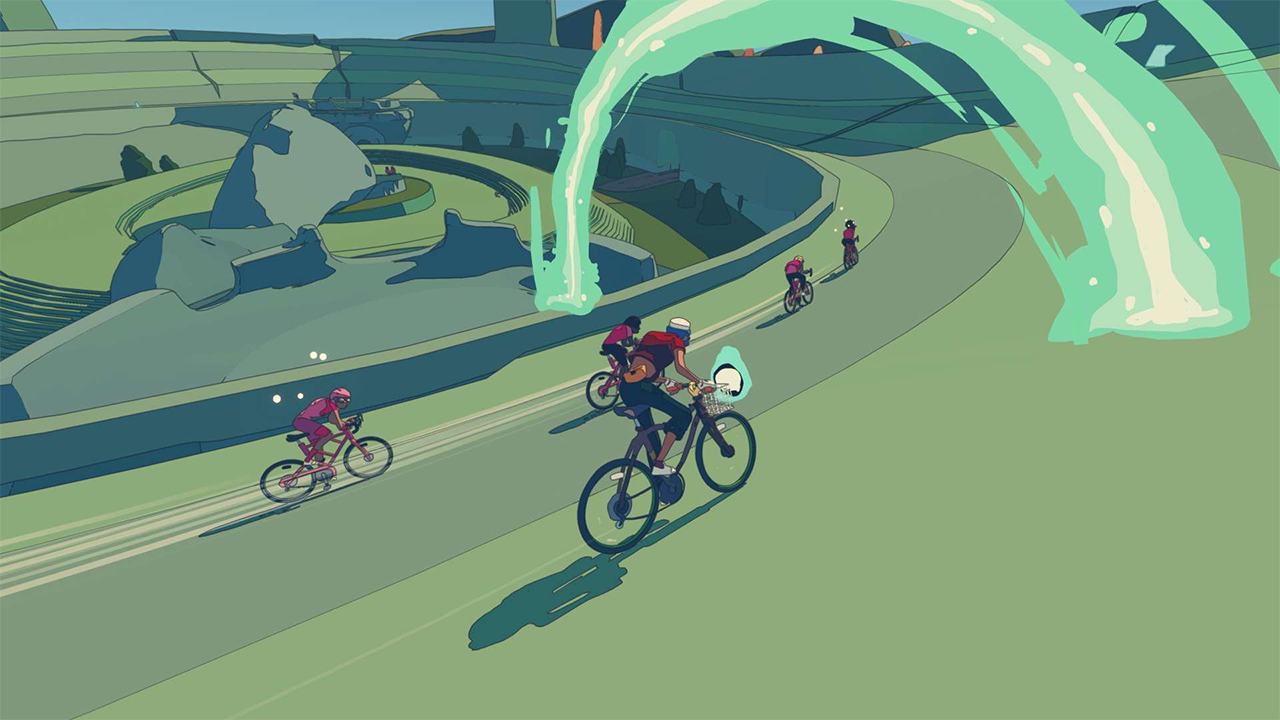The indie game studio Messhof has unveiled its latest title, Wheel World, a vibrant cycling adventure that invites players to explore a uniquely crafted open world. Co-founder and creative director Mark Essen explained that both Wheel World and the studio’s previous game, Nidhogg, share a common thread; they are experiences he wished to play but could not find in existing games.
In a recent interview with Game Developer, Essen discussed the challenges faced while transitioning from the 2D environments of Nidhogg to the expansive three-dimensional landscapes of Wheel World. The production of this new title evolved gradually over several years, with a peak team size of around ten people, as they navigated the complexities of open-world game design.
The Transition to Open World Design
Essen characterized the shift to open world development as a “bumpy road.” The challenge stemmed from the necessity to create a substantial portion of the game world before assessing macro gameplay elements. He noted, “We wanted this to truly be an open world that players could explore in any direction they wanted.” This vision required innovative strategies to fine-tune gameplay mechanics and ensure a cohesive experience.
Getting the average bike speed right was crucial, as it directly influenced the game’s pacing and the placement of objectives. To enhance the feeling of speed, the team employed techniques like adjusting the field of view and camera angles. The speedometer features a multiplier to maintain a sense of realism while keeping the gameplay engaging.
Essen elaborated on the meticulous design process, stating, “We spent a huge amount of time reshaping the landscape to ensure that objectives and collectibles appeared at the correct intervals.” However, the complexity of the open world made even minor adjustments costly in terms of development time and resources.
Guiding Players Through Exploration
The narrative in Wheel World revolves around racing against bike-riding bosses to gather sacred bike parts, providing players with a structured yet flexible gaming experience. The game encourages exploration, but also presents challenges that players must prepare for.
“Story beats naturally guide you to easier races in the Farmlands first—where you can also face the first boss,” Essen explained. He highlighted that more difficult areas, such as Velo City, are gated by “bike snobs” who require players to upgrade their bikes before entry.
Messhof designed the game to accommodate various player strategies. For example, players can choose different bike builds for specific tracks, adapting their approach to the unique challenges posed by varying elevations, turns, and obstacles.
Essen emphasized the studio’s goal to create a rich, diverse world that rewards players for exploration. “We wanted a large open world with towns, countryside, and lots to explore. The style had to be achievable by a small art team and feel like a cohesive, believable place,” he said.
The artistic direction for Wheel World draws inspiration from vintage Tour de France posters and early 20th-century travel artwork. The design incorporates thick outlines and bold shapes, influenced by various artistic styles, including comics and Pop Art.
Despite the challenges faced during production, Messhof has successfully crafted an engaging environment that captivates players. The blend of racing dynamics and exploration under the game’s radiant skies offers a unique experience that stands out in the gaming landscape. As players navigate the intricacies of Wheel World, they will discover not only the thrill of racing but also the beauty of its meticulously designed world.




































































